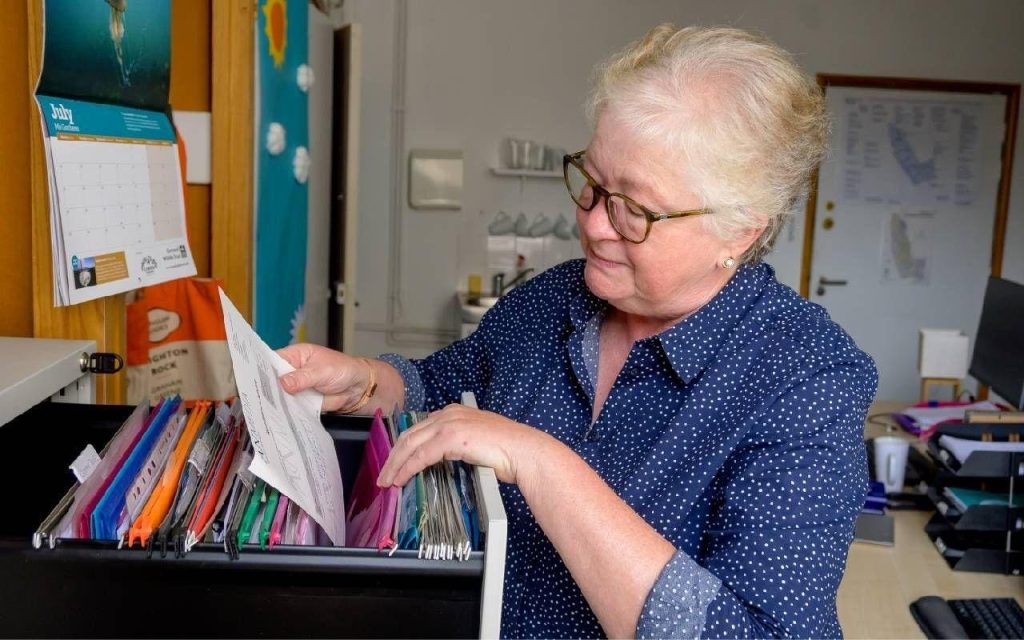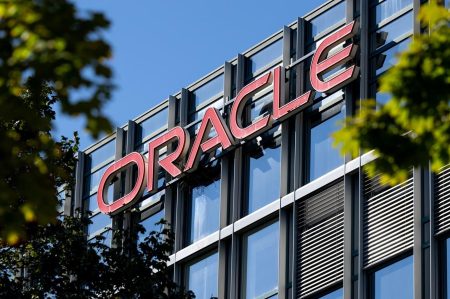The question of age discrimination in the workplace, particularly regarding career advancement and development opportunities, is a complex one, often shrouded in perception and clouded by unconscious biases. While many older workers feel they are overlooked for promotions and training, concrete evidence of widespread, intentional discrimination can be elusive. Research from organizations like AARP suggests a strong perception of ageism among older adults, yet other studies, like one conducted by The Ladders, reveal a surprising trend: younger workers report experiencing age-related mistreatment at a higher rate than their older counterparts. This discrepancy highlights the subjective nature of ageism and the importance of distinguishing between perceived and actual discrimination.
One possible explanation for this perceived discrimination lies in the cyclical nature of career progression. Early in one’s career, a lack of experience can be a hindrance, leading to being perceived as too young or lacking the necessary gravitas. Then comes a “sweet spot” where experience and perceived reliability align, creating a period of professional flourishing. However, as workers age further, they may encounter renewed skepticism about their abilities, facing questions about their sharpness and adaptability. This perception, whether conscious or unconscious, can create a self-fulfilling prophecy, limiting opportunities for older workers even when their skills and experience remain valuable.
Experts agree that many negative assumptions about older workers are based on harmful stereotypes. Research consistently shows no correlation between age and a decline in innovation or productivity. In fact, older workers often possess a wealth of “crystallized intelligence,” a valuable asset built upon years of experience and honed wisdom. This unique perspective allows them to offer valuable insights into social networks, industry trends, and complex problem-solving, often overlooked in favor of the perceived energy and adaptability of younger employees. The challenge, then, becomes how to combat these ingrained biases and ensure that older workers are given fair consideration for development and advancement opportunities.
The onus of addressing this issue, unfortunately, often falls more heavily on the individual worker than on the organization. While companies should strive to create inclusive environments free from ageism, older workers can proactively take steps to mitigate potential bias. First and foremost, they must demonstrate a genuine desire for continuous learning and development. Actively seeking out training opportunities, embracing new technologies, and expressing interest in challenging projects signals a commitment to growth and adaptability, directly countering the stereotype of the stagnant older worker. Furthermore, clear communication with supervisors about career aspirations and development goals is crucial. By expressing interest in specific programs and highlighting past successes in adapting to new challenges, older workers can position themselves as valuable assets rather than liabilities.
Beyond individual efforts, organizations also have a role to play in fostering age-diverse workplaces. Managers should be trained to recognize and address unconscious biases, ensuring that decisions regarding promotions and development opportunities are based on merit and potential, not age. Creating mentorship programs that pair older workers with younger colleagues can facilitate knowledge transfer and break down age-related stereotypes, benefiting both individuals and the organization as a whole. A truly inclusive workplace recognizes the value of a multigenerational workforce, leveraging the unique strengths and experiences of employees at every stage of their careers.
Ultimately, the goal is to create a workplace where age is neither an advantage nor a disadvantage. Older workers should not have to “prove” their value or constantly battle against ingrained biases. By actively engaging in continuous learning, effectively communicating their aspirations, and advocating for their own development, older workers can challenge these misconceptions and create opportunities for continued growth and contribution. Simultaneously, organizations must foster inclusive cultures that value the unique perspectives and experiences of all employees, creating an environment where age is simply a number and talent is recognized regardless of generational boundaries. This collaborative effort can dismantle the barriers of ageism and unlock the full potential of a diverse and dynamic workforce.










